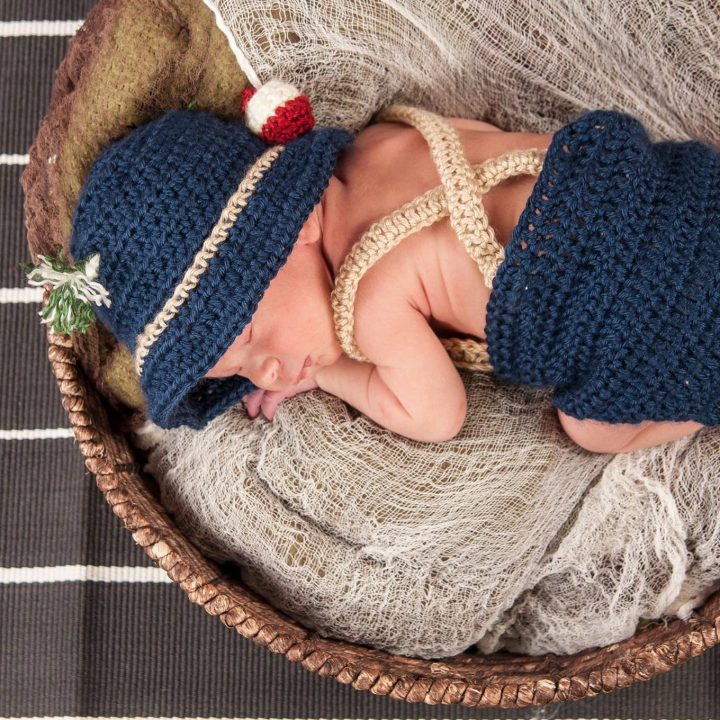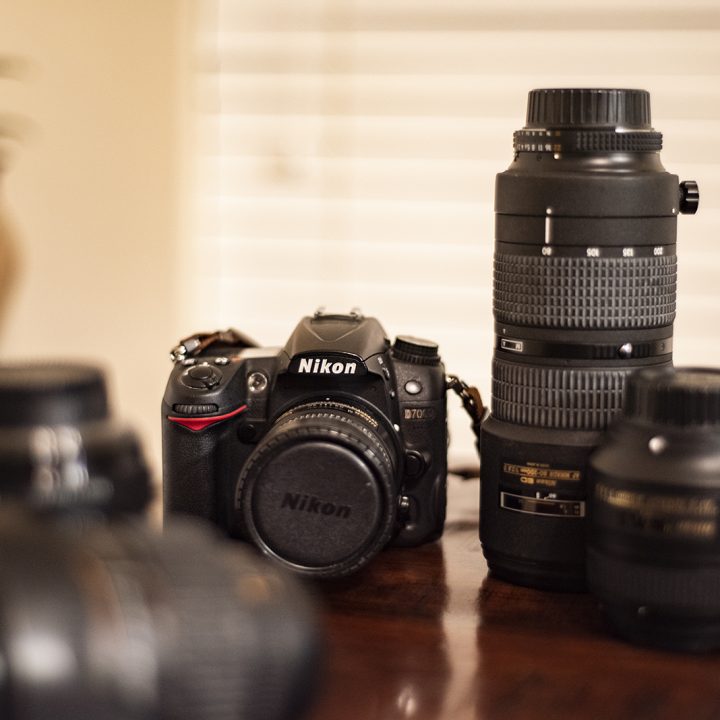What Camera Should I Buy?
I get a lot of requests for advice on what camera an individual should purchase. That is a loaded question. For myself, I’m looking at the newest in the Nikon pro line that are reaching upwards of $5000 with a large set of fixed focal length lenses with a large aperture. For the average, I wouldn’t recommend dropping 1/2 your student loan debt (ok, lets be honest, most of you have WAY more than $10,000 in student loans, I get it) amount on a camera. However, there are a few questions I always ask individuals before responding:
- What is your budget? Money talks. Be realistic with your expectations in the same breath of air. You’re not going to score a proline camera for $100. In this market, you really do get what you pay for.
- Do you already own gear in a particular brand you want to use? Typically with a Canon or Nikon (or many other systems) your old lenses will work with your new camera. But, not in all instances for Canons in particular, so be careful. If you are already invested in a brand, stick with it. They are both really quality systems, its silly to reinvest in the other simply based on a referral. Stick with the brand you already own gear in! Own nothing? I personally shoot Nikon, however, I also regularly shoot on Canons. Both systems are quality cameras, so I would recommend that you take a look at the lenses you want to own vs. quality of the camera you want to buy and see where you can get the most bang for your buck.
- What do you want to photograph? What you plan on photographing makes a difference what type of lens I would send you towards on your journey. If you are photographing your kids’ little league baseball games, you are going to want a telephoto lens. However, if you are traveling and wanting to photograph lots of landscapes, you may want a wide-angle lens. Typically camera “kits” come with standard variable length lenses that will cover a large range of needs, however, they are pretty “slow” lenses. Don’t rule out the magic of one really high quality fixed focal length lens in your bag!
- New or Used?! When available, I send people towards used gear. Unless you are going in to photograph 3,000 photos a day, you likely won’t need a low or no shutter count on your camera. Chances are, you will be ready to upgrade before you are capable of wearing out your gear. Used gear may not be the latest and greatest, but it can be pretty close! There are really lovely websites that can offer the weekend warrior shutterfly towards great, affordable gear. This gear is often an higher quality than they could have normally gotten new. My favorite site is: https://www.bhphotovideo.com/c/browse/Used-Equipment/ci/2870/N/4294247188
- Check for quality high ISOs. ISO is the sensitivity of the camera’s sensor to light. So, enjoy taking photos when it’s dark or indoors? You want to find a camera with a nice high quality image making capabilities in the high ISOs!
- Megapixels are the magic word in photography, but they are not the entire endgame. Everyone understands the larger the megapixel the assumed higher quality the end photo. However, the megapixel simple is a measure of how large your final photos will be. Take a look at the reviews of the color saturation for the camera at hand, and the ISO noise… etc. those are oftentimes more important than megapixels anymore. Today’s cameras all produce a large enough file to make a decent sized 11×14 print. Too large of a file that you don’t know how to handle, and you will run out of space in your storage very quickly! That large megapixel camera ends up being a really big problem than a helpful tool. In the end, your lens will play a BIG factor in the image quality as well, so don’t skimp out and just get a cheap lens.
- Lets talk lenses… (I know not a question) .. There are two different types of lenses: fixed focal length and variable lengths. I’ll write another blog post on these another day. Just know, a good, fixed focal length lens can produce beautiful images, reasonably priced, you only sacrifice the capacity to “zoom in and out”.
Before you begin your camera hunt, consider these items and good luck! It is a great investment in your family’s visual history, and should certainly be done with care.




